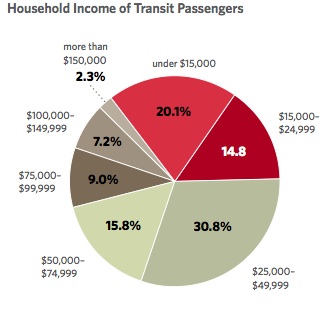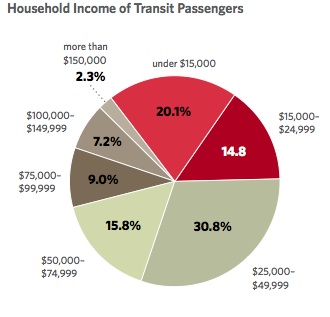 Image: Dukakis CenterSmart Planet points us to a report [PDF] from the Dukakis Center for Urban and Regional Policy at Northeastern University that concludes that new transit can lead to gentrification.
Image: Dukakis CenterSmart Planet points us to a report [PDF] from the Dukakis Center for Urban and Regional Policy at Northeastern University that concludes that new transit can lead to gentrification.
My first response was well, duh, isn’t that the point? It has always been a rule in real estate development that investment follows infrastructure; if you build good transit and fix roads, people will come. Density will increase. The tax base will improve. Is this not the return on investment that planners want? Is this not a good thing?
Apparently some think not, because there are unintended consequences.
All those things that I would have thought were good come from investment in transit. The study shows, summarized by Smart Planet:
- For 64 percent of the neighborhoods around the new rail stations in the study (that’s 27 of 42 total), population grew more quickly than the rest of the metro area.
- 55 percent of those neighborhoods showed a “dramatic” increase in housing production.
- 62 percent of those neighborhoods showed a faster increase in owner-occupied units than the rest of the metro area.
- 50 percent of those neighborhoods showed an increase in the proportion of non-Hispanic white households relative to the rest of the metro area. (The other half showed no change or a decrease.)
- 62 percent of those neighborhoods showed an increase in median household income; 60 percent showed a boost in the proportion of households with incomes of more than $100,000.
- Perhaps most tellingly, 74 percent of the neighborhoods showed rents that increased faster than the rest of the metro area. A full 88 percent had a relative boost in median housing values, too.
Get the full story from our friends at Treehugger.



